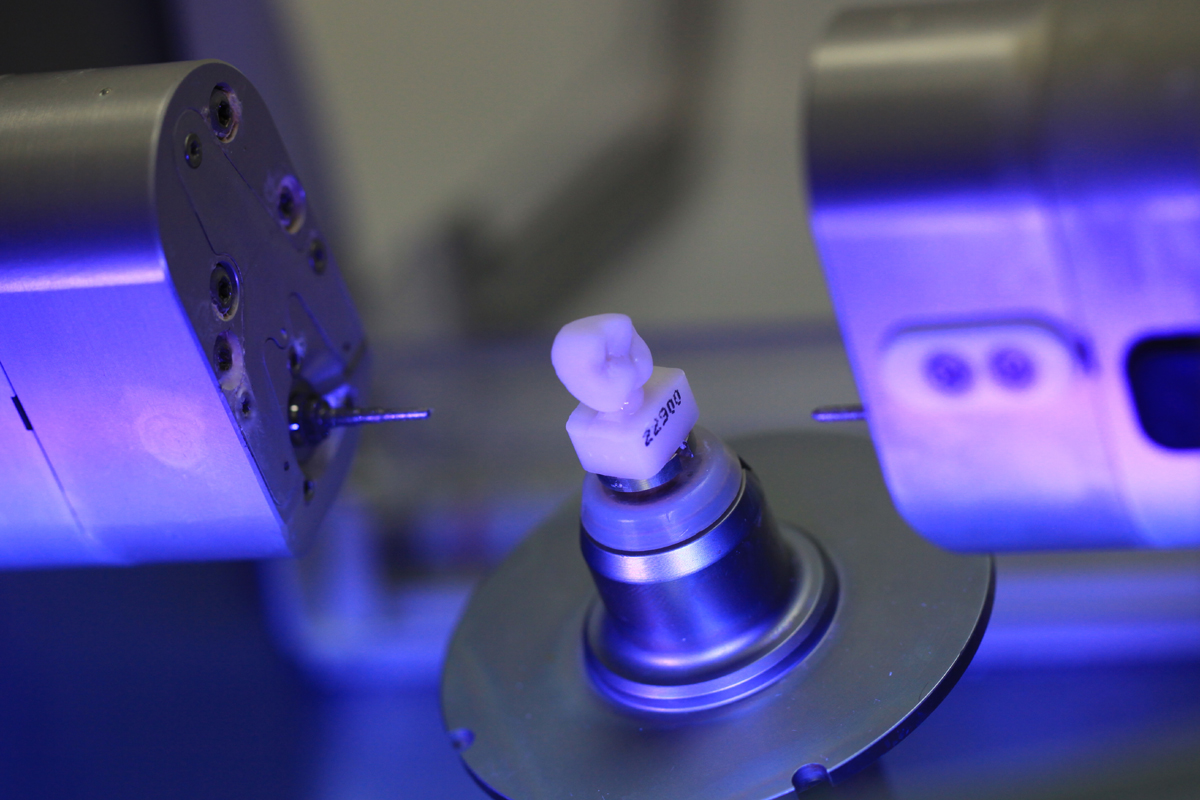Our mouths today contain a veritable mosaic of metals and different materials laid by dentists. All these materials used in modern dentistry are complex physicochemical compounds, for which technical qualities take precedence over biocompatible qualities.
There are sometimes more than 30 different substances in a buccal cavity. Some are visible, others buried inside the dental roots, in the form of pivots or other screws. Some metals are covered with ceramic or resins and are therefore not visible.
There is confusion in the public as to the denomination of these different materials placed in the mouth by dentists.
The mercury it contains is a poison.
I recall that there is mercury only in what are called ” amalgams ” still called ” fillings ”. So we should not talk about mercury amalgams because they always contain mercury because that suggests that they would be mercury-free.
These amalgams are sometimes called “fillings” yet there is no lead in these. There is no mercury in all other dental restorations, metallic or not, placed in the mouth by dentists. Precautions should be taken when removing amalgams, but these are useless when removing other reconstructions such as dental crowns.
The removal of amalgams and their replacement.
Dental amalgam is a mixture of powdered metals and liquid mercury used in the treatment of carious lesions. It is less and less posed for aesthetic reasons.
A dental amalgam contains about 50% metallic mercury. The alloying powder is composed of varying proportions of silver (about 40%), copper and, to a lesser extent, other metals such as zinc …). The amalgam is easily shaped and hardens quickly. The amalgam has a grayish metallic coloring. Sometimes it oxidizes and becomes blackish. Sometimes it also becomes golden or reddish in color after being anodized by other types of metals in the mouth.
Today we know that galvanic currents can be created in a mouth, some metals or alloys making anodes, other cathodes, saliva serving as electrolyte as in a car battery. This is how metal ions move and can pollute our organisms. Sometimes in the vicinity of metallic reconstructions in the mouth we see on the gum grayish colorations that are due to this migration of metal ions.
In the case of the amalgam this migration may be due to money. But this is not the fact that amalgam. For other metals in the mouth this may come from chromium, cobalt, nickel, etc ….
To remove them, a rigorous protocol must be applied .
The amalgam in spite of its technical qualities should not be placed in the mouth and all the precautions must be taken at the deposit in order not to risk a possible poisoning.
In conclusion : Any material placed in or on the human body, whatever its nature should be tested beforehand in order to verify its electromagnetic compatibility with it. This is all the more so if it is brought to be carried permanently. (Dental prostheses and others, IUDs, glasses) So it is a sort of cultural revolution that imposes itself on us.


